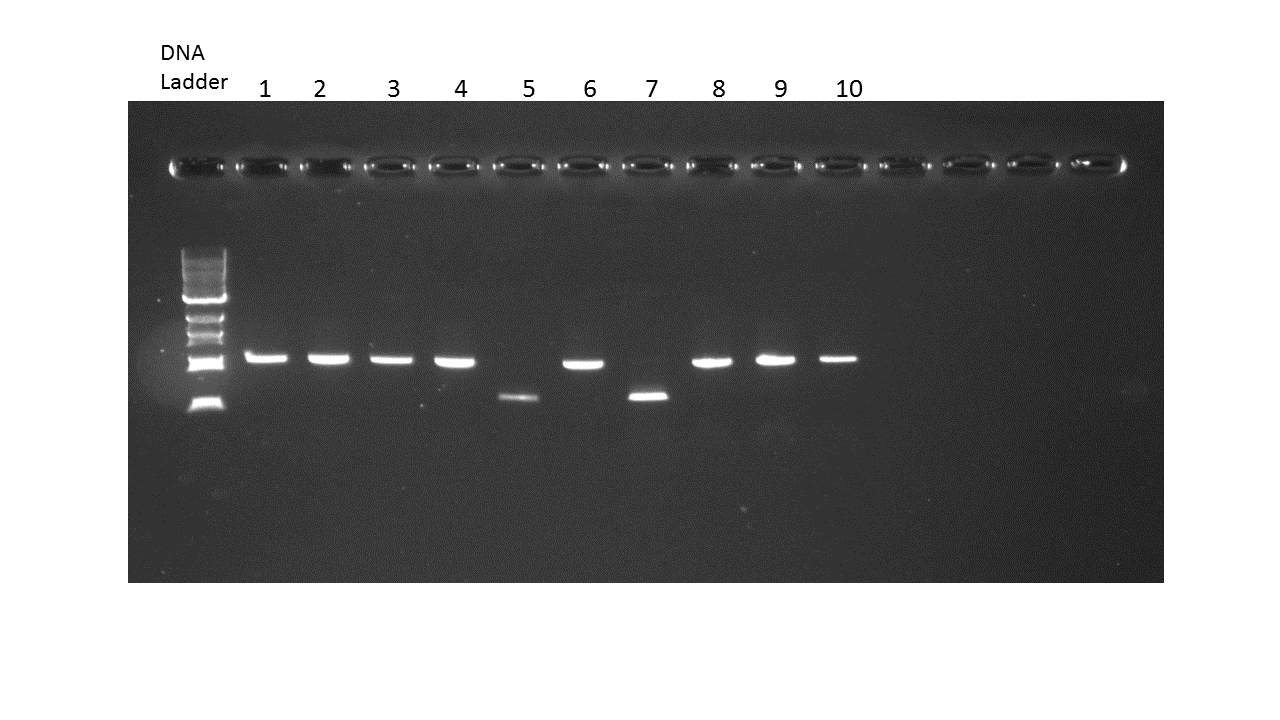Thank you for coming along to visit the Sainsbury Laboratory. Here's a little bit of background on some of the plants you saw during your visit.
Studying DNA and mutations

The plants that you saw today are a relative of brassicas (cabbage, cauliflower, broccoli), called thale cress (Arabidopsis thaliana), which you will often see growing as a weed between the cracks in pavement. Arabidopsis was the first plant to have it complete genetic code translated (in year 2000) and is one of the species that is most widely used as a model plant for genetics and molecular biology research. It is ideal for research as it is:
- Small genome (114.5 Mb/125 Mb total) and extensive genetic map of all 5 chromosomes
- Small size (does not need a huge space to grow)
- Has a short life-cycle of six weeks from germination to mature seed.
- Lots of mutant lines and genomic resources available
- Global research community of universities and research laboratories also using this species.
Table 1
8 Wild Type plants
2 Mutants (mtcp1,10 mutants)
Effect of mtcp1,10 mutation on the plant: These mutants are affected in plasmodesmata function so that the STM protein required for maintenance of the meristems cannot circulate normally and the meristems ‘abort’ prematurely. WT plants have bolted and have a lovely inflorescence, the mutants are bushy and fail to develop a big inflorescence.
Table 2
8 Wild Type Plants
2 Mutants (hsfa2 mutants)
Effect of hsfa2 mutation on the plant: Those mutants have no clear phenotype unless treated with heat. You can also use those plants to make the link mutation/heat resistance and explain how controlling temperature response is useful in crops especially in the context of climate change & global warming.
DNA Gel Electrophoresis
We used this laboratory tool to visualise the DNA from the plant and to identify which plants were the mutants.

